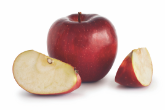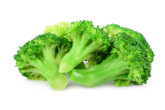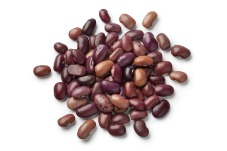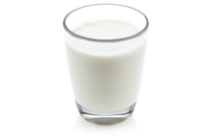


A healthy diet is important for everyone. Some new moms wonder if they should be on a special diet while breastfeeding. The answer is no. You can continue to enjoy the foods that are important to your family, including the meals you know and love.
These signs do not mean your baby is allergic to your milk, only to something that you ate.
You may need to stop eating whatever is bothering your baby or eat less of it. After a few months you may be able to eat the food again with better results.







The USDA’s online, interactive tool can help you choose foods based on your baby’s nursing habits and your energy needs.

Start with a 10 or 15-minute activity that you can do most days throughout the week.
Side-Lying Hold
This hold is useful when:
Cross-Cradle Hold
This hold is useful when:
Clutch or “Football” Hold
This hold is useful when:
Cradle Hold
This hold is useful when:
Laid-Back Hold
This hold is useful when:
Share
Share this link via: